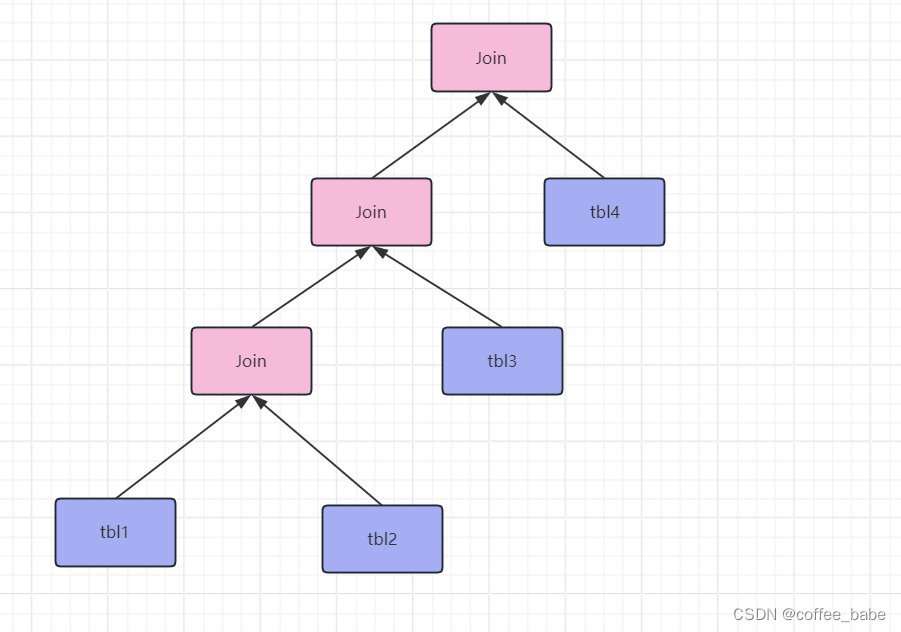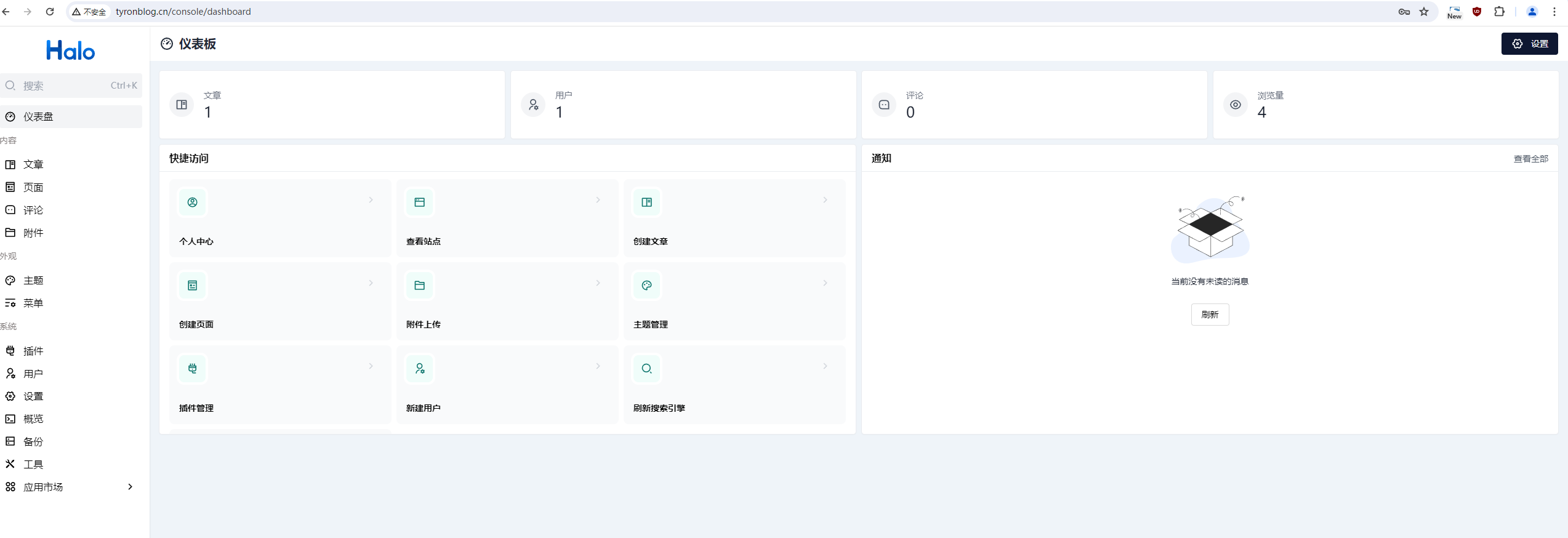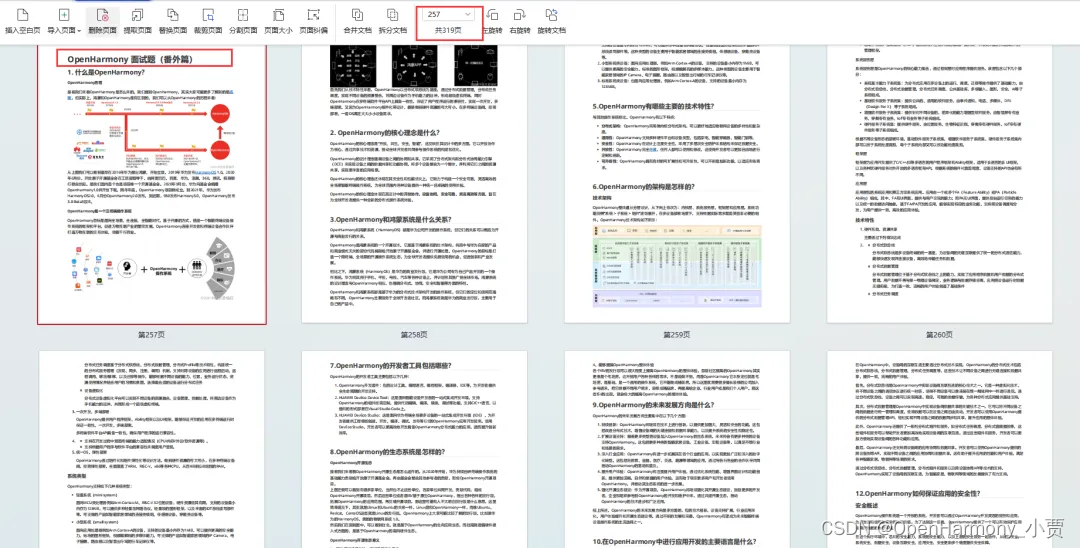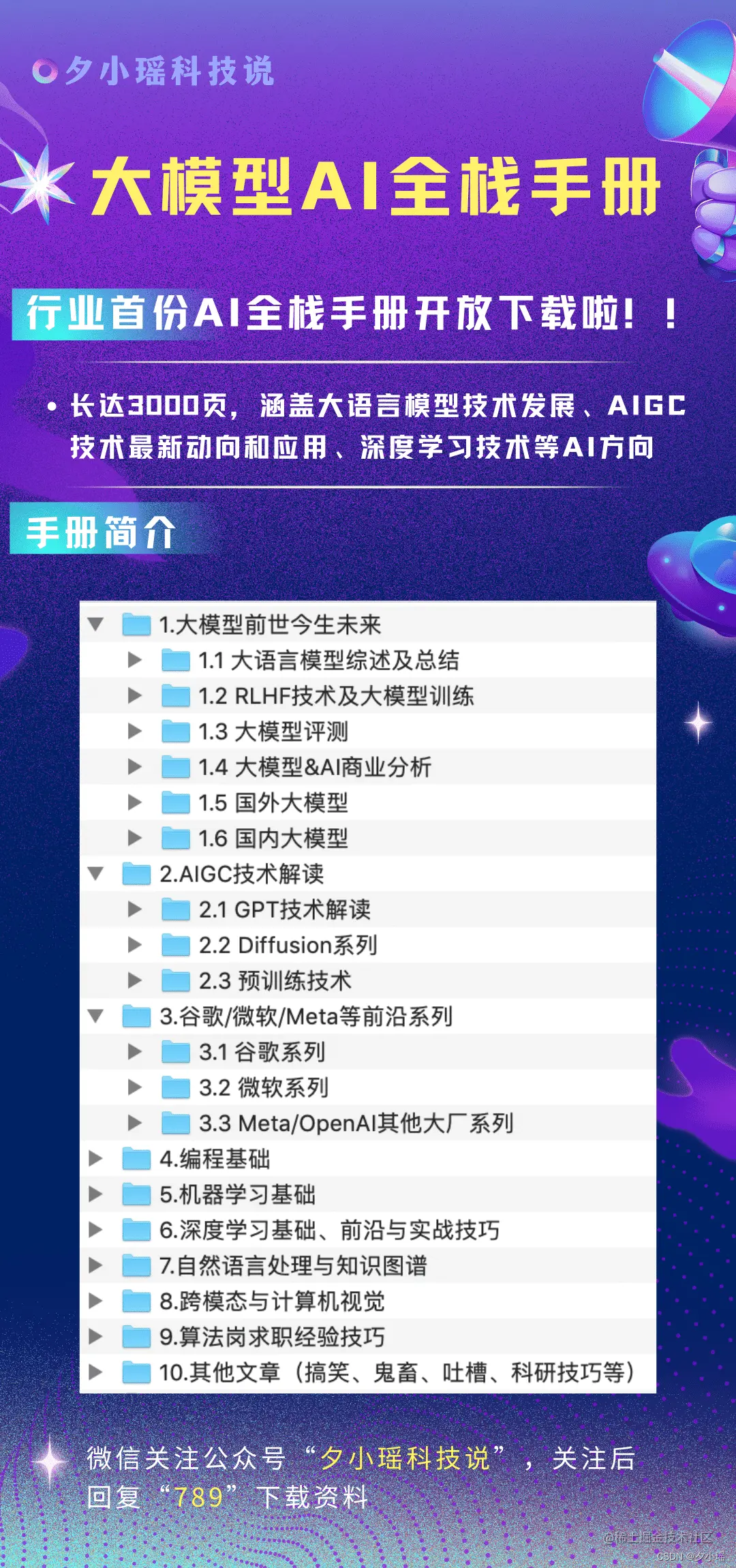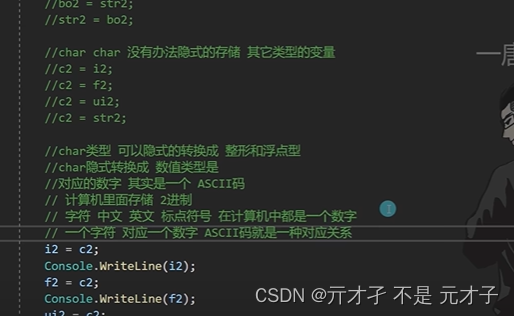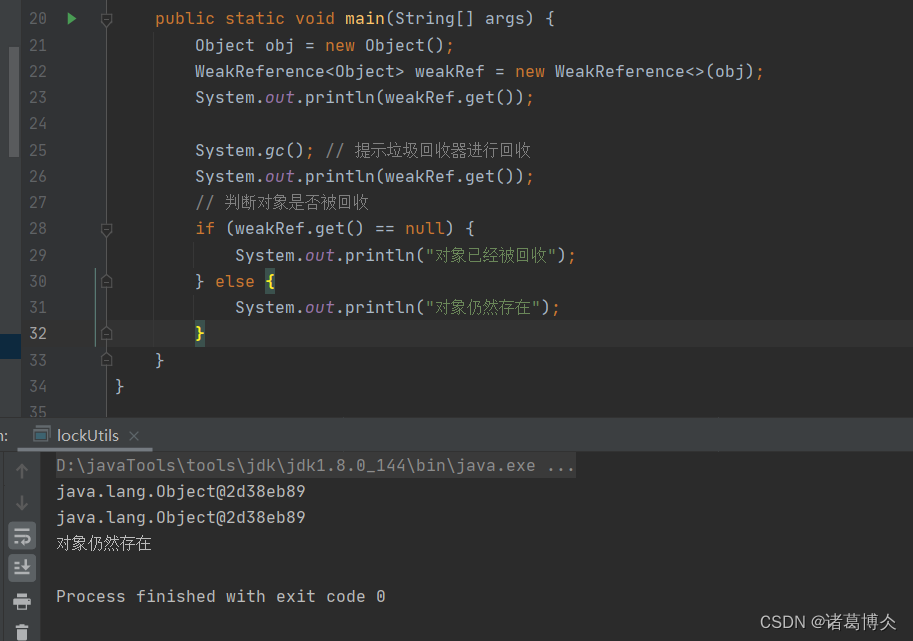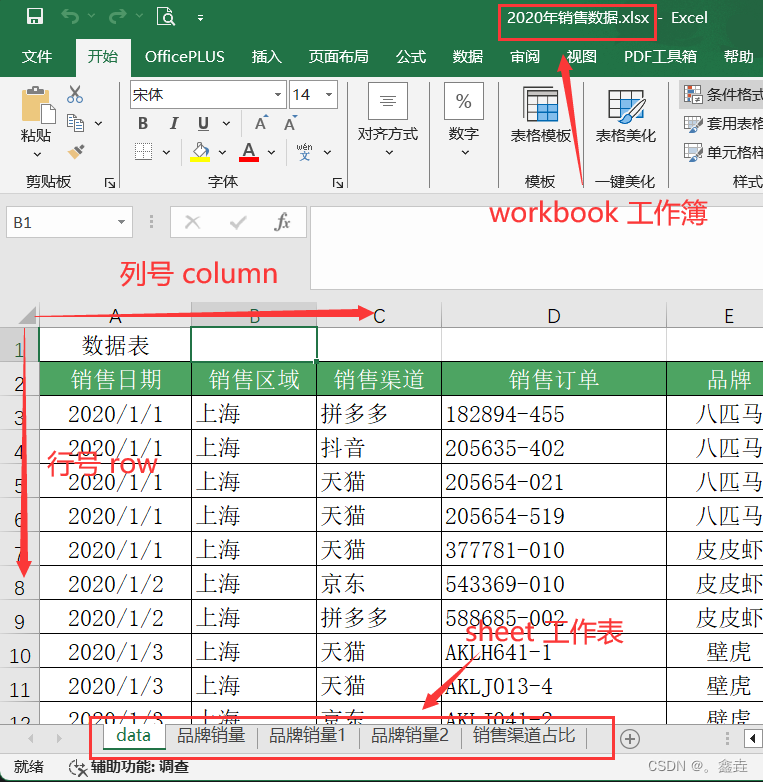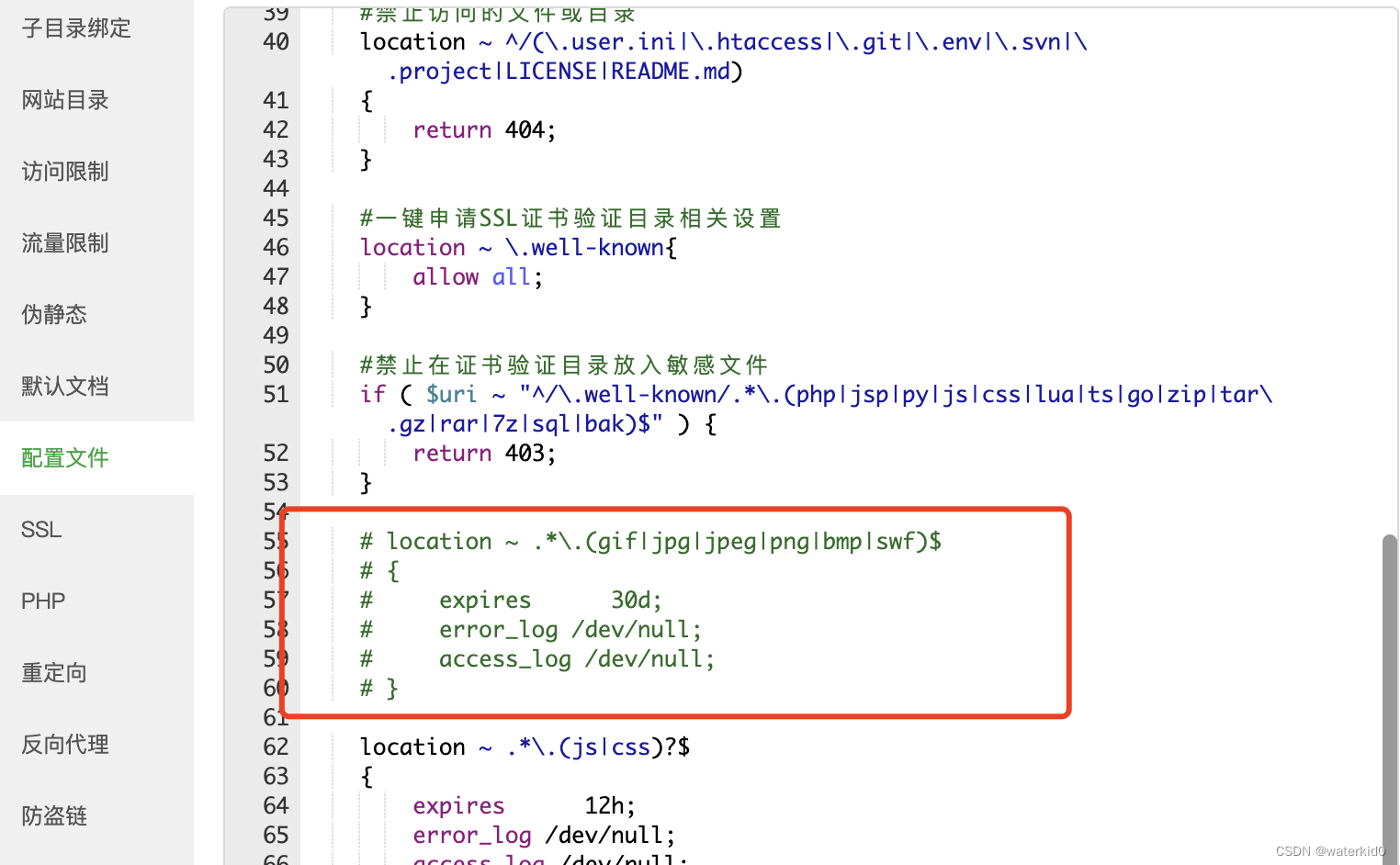程序员的公众号:源1024,获取更多资料,无加密无套路!
最近整理了一波电子书籍资料,包含《Effective Java中文版 第2版》《深入JAVA虚拟机》,《重构改善既有代码设计》,《MySQL高性能-第3版》,《Java并发编程实战》等等
获取方式: 关注公众号并回复 电子书 领取,更多内容持续奉上
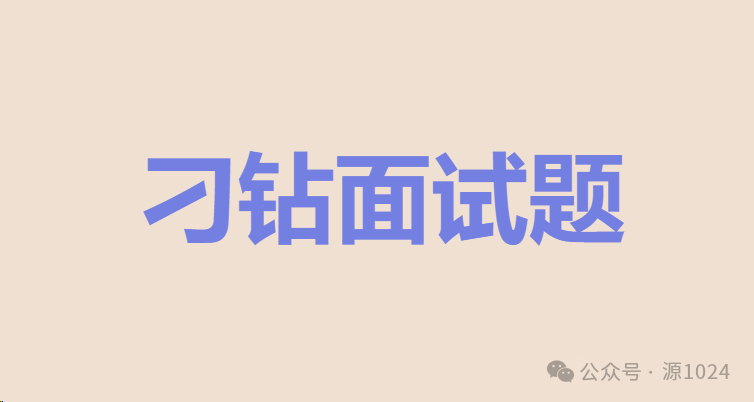
我们首先看一下线程池的正常执行流程:
1、任务提交时,线程池首先检查当前线程数是否小于核心线程数,如果小于,则新建一个线程来执行任务。
2、如果当前线程数大于核心线程数,则判断任务队列是否已满,如果false,则将任务放入队列中等待执行。
3、如果队列已满,且线程池中的线程数量未达到最大线程数,则新建线程来执行任务。
4、如果队列已满,且线程池中的线程数量达到最大线程数,则根据拒绝策略来处理无法执行的任务。
正常逻辑
那么核心线程数为0的话,线程池会执行任务吗?
按照正常逻辑来分析一波:如果核心线程数为0,当任务提交时,线程池首先检查当前线程数大于核心线程数,且任务队列未满,则会将任务放入队列中等待执行。
实际逻辑
直接上实操来验证结果,代码如下:
public static void main(String[] args) {
// 创建核心线程数为0的线程池
ThreadPoolExecutor threadPoolExecutor = new ThreadPoolExecutor(
0,
5,
1,
TimeUnit.SECONDS,
new ArrayBlockingQueue<>(10));
// 往线程池中添加任务
threadPoolExecutor.execute(() -> {
System.out.println("任务中。。。");
});
}你猜猜看结果是什么?
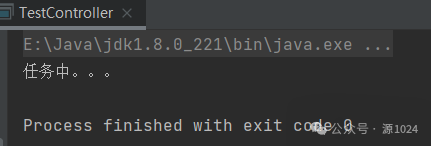
结果是:任务执行了
结果怎么不符合我们的预期呢?为什么任务来了之后,没有将任务放到任务队列而是直接执行了呢?
我们一定且肯定的认为,这一定是BUG!
事实如此吗,这到底是什么原因呢?我们来看看执行源码:
public void execute(Runnable command) {
if (command == null)
throw new NullPointerException();
/*
* Proceed in 3 steps:
*
* 1. If fewer than corePoolSize threads are running, try to
* start a new thread with the given command as its first
* task. The call to addWorker atomically checks runState and
* workerCount, and so prevents false alarms that would add
* threads when it shouldn't, by returning false.
*
* 2. If a task can be successfully queued, then we still need
* to double-check whether we should have added a thread
* (because existing ones died since last checking) or that
* the pool shut down since entry into this method. So we
* recheck state and if necessary roll back the enqueuing if
* stopped, or start a new thread if there are none.
*
* 3. If we cannot queue task, then we try to add a new
* thread. If it fails, we know we are shut down or saturated
* and so reject the task.
*/
int c = ctl.get();
if (workerCountOf(c) < corePoolSize) {
if (addWorker(command, true))
return;
c = ctl.get();
}
if (isRunning(c) && workQueue.offer(command)) {
int recheck = ctl.get();
if (! isRunning(recheck) && remove(command))
reject(command);
else if (workerCountOf(recheck) == 0)
addWorker(null, false);
}
else if (!addWorker(command, false))
reject(command);
}英文翻译:
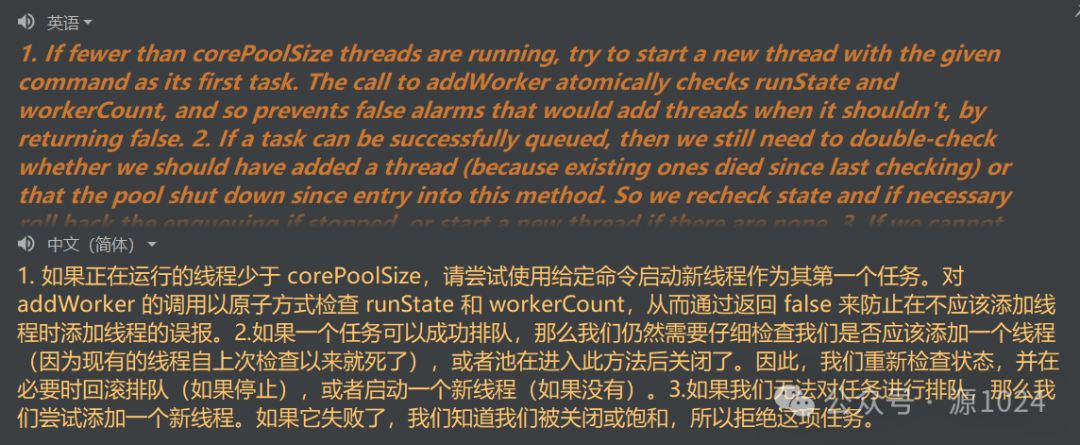
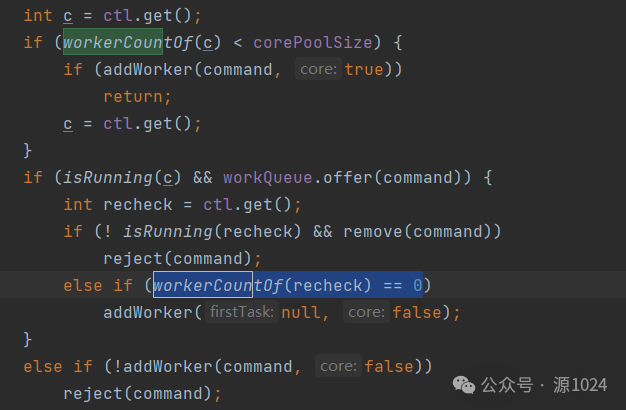
从上面源码可以看出,当我们将任务添加到队列的时候,线程池会判断工作的线程数是否为 0,如果当前工作线程为 0 的话,会创建线程执行任务。
也就是说,当核心线程数为 0 时,当有任务被提交时,会先将任务添加到任务队列,同时也会判断当前工作的线程数是否为 0,如果为 0,则会创建线程来执行线程池的任务,这就是正确的线程池执行流程。
快收藏起来,当遇到如此刁难的面试官,是不是可以窃喜一会儿呢?
系列文章索引
MyBatis的插件能在哪些地方进行拦截?
了解MyBatis的缓存机制吗
面试官:谈谈对volatile的理解
Spring中用到了哪些设计模式
面试官:说一下SQL的执行过程
线程池的工作原理



